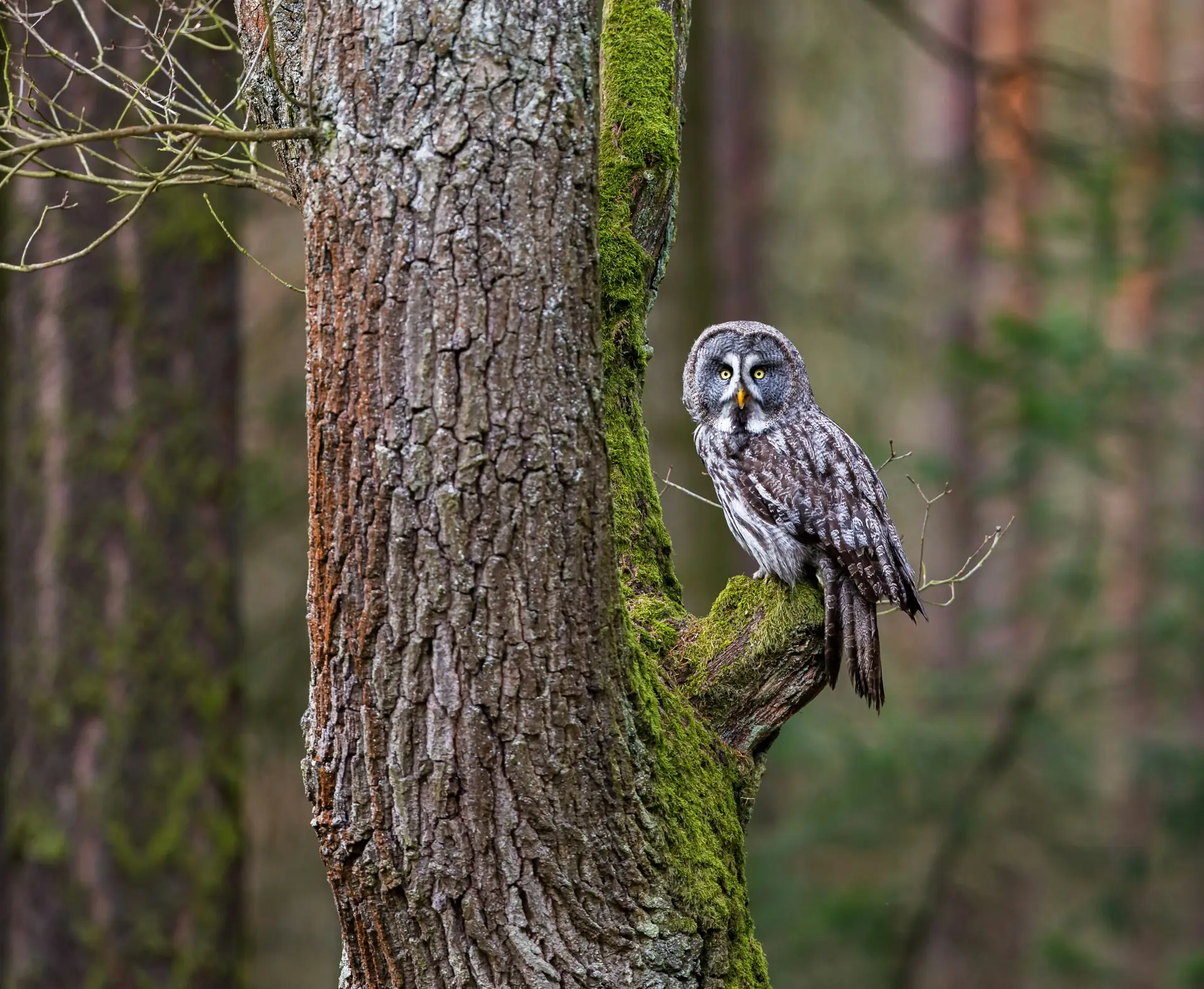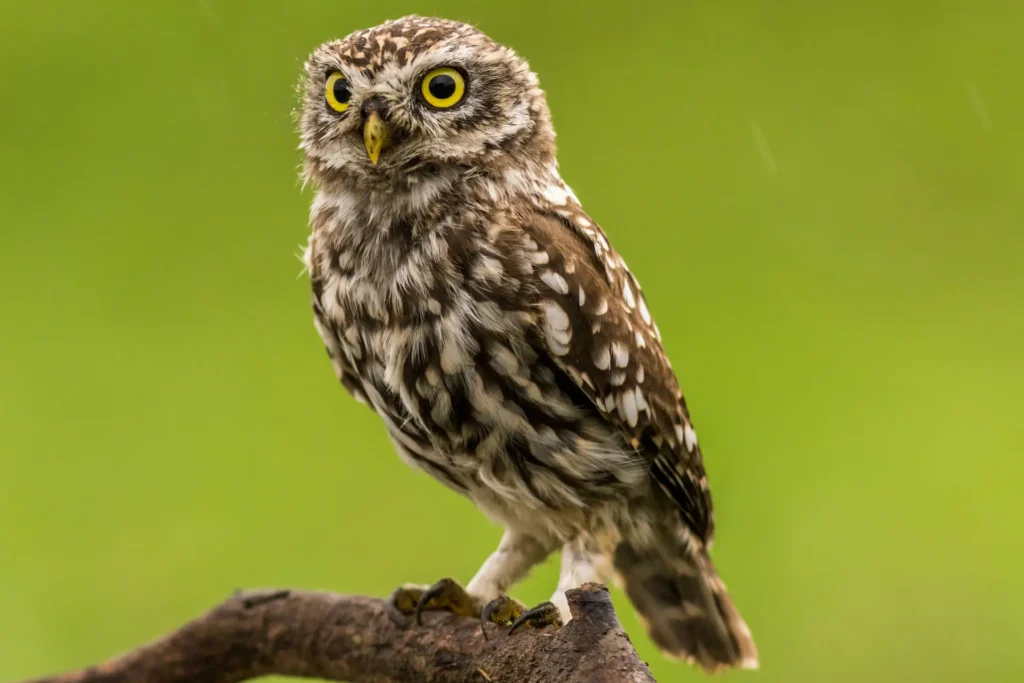Table of Contents
Have you ever wondered what makes owls such fascinating creatures? Owls are among the most intriguing birds in the animal kingdom, known for their mysterious nocturnal habits, exceptional hunting skills, and unique adaptations. In this article, we will dive deep into the world of owls, exploring their biology, behavior, and the myths surrounding them. From their silent flight to their role in various cultures, you’ll discover why owls have captured the human imagination for centuries.

The Mystique of Owls
Owls are birds of prey belonging to the order Strigiformes, with over 200 species distributed globally. These birds are predominantly nocturnal, meaning they are most active during the night. Their ability to fly silently and their eerie calls add to their mysterious allure. Owls have adapted to a variety of habitats, from dense forests to open plains, making them versatile hunters.

Physical Adaptations
One of the most remarkable features of owls is their exceptional vision. Owls have large eyes that face forward, providing them with binocular vision and an excellent depth perception, crucial for hunting in low light conditions. Their eyes are also tubular rather than spherical, which allows them to see better in the dark. Additionally, owls have a high number of rod cells in their retinas, enhancing their ability to see in dim light.
Another distinctive feature is their ability to rotate their heads up to 270 degrees. This adaptation compensates for their fixed eye sockets, allowing them to look around without moving their bodies, which is essential for spotting prey.

Silent Hunters
Owls are renowned for their silent flight, which is made possible by the unique structure of their feathers. The leading edges of their primary feathers have serrations that break up the turbulence into smaller, micro-turbulences. This design reduces the noise produced during flight, allowing them to approach their prey stealthily.
Their sharp talons and powerful beaks make them efficient hunters. Owls primarily feed on small mammals, birds, insects, and other invertebrates. Some species, like the barn owl, have specialized in hunting rodents, making them valuable allies in controlling pest populations.

Owl Habitats
Owls inhabit a wide range of environments, from the Arctic tundra to tropical rainforests. Some species, like the snowy owl, are adapted to cold climates and can be found in the Arctic regions. Others, like the burrowing owl, prefer open landscapes like grasslands and deserts. Forest-dwelling species, such as the barred owl, are commonly found in North America’s dense woodlands.

Cultural Significance
Owls have played significant roles in various cultures and mythologies. In ancient Greece, the owl was a symbol of wisdom and was associated with Athena, the goddess of wisdom and warfare. Native American tribes often viewed owls as symbols of death or bad omens, while in other cultures, they are seen as protectors and bringers of good fortune.

Conservation Status
Despite their widespread presence, many owl species face threats from habitat destruction, climate change, and human activities. Conservation efforts are crucial to protect these magnificent birds. Organizations and researchers are working to preserve owl habitats and raise awareness about the importance of owls in ecosystems.

Learn More!
Owls are truly remarkable creatures, with their silent flight, exceptional hunting skills, and significant cultural roles. Understanding and appreciating these nocturnal hunters can inspire us to protect their habitats and ensure their survival for future generations.
For more fascinating facts about birds, check out our article on shoebills and their unique hunting skills. To explore more about nocturnal animals, visit our nocturnal animals category.
F. A. Q. about Owls
What do owls eat?
Owls primarily eat small mammals, birds, insects, and other invertebrates. Their diet varies depending on the species and their habitat.
How long do owls live?
Owls typically live for about 5 to 10 years in the wild, but some species can live up to 25 years in captivity.
Where do owls live?
Owls inhabit diverse environments, including forests, grasslands, deserts, and Arctic regions. Their habitat preferences vary by species.
Do owls fly silently?
Yes, owls fly silently. Their feather structure allows them to reduce flight noise, making them effective stealth hunters.
How many owl species are there?
There are over 200 species of owls distributed globally.
What do owls symbolize?
Owls symbolize various things in different cultures, including wisdom, death, protection, and good fortune.



Pretty! This was a really wonderful post. Thank you for your provided information.
I am super glad to know that you are enjoying the content 🙂 You’re welcome to visit whenever you wish!